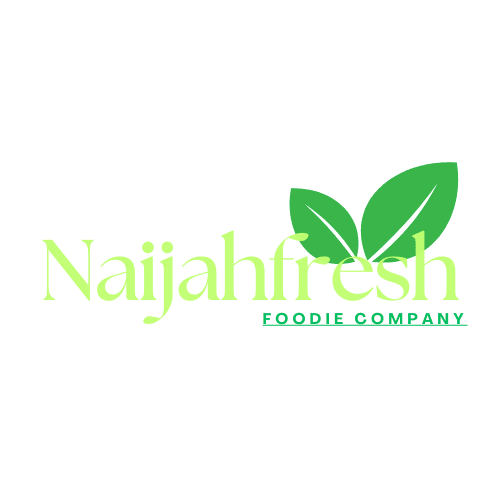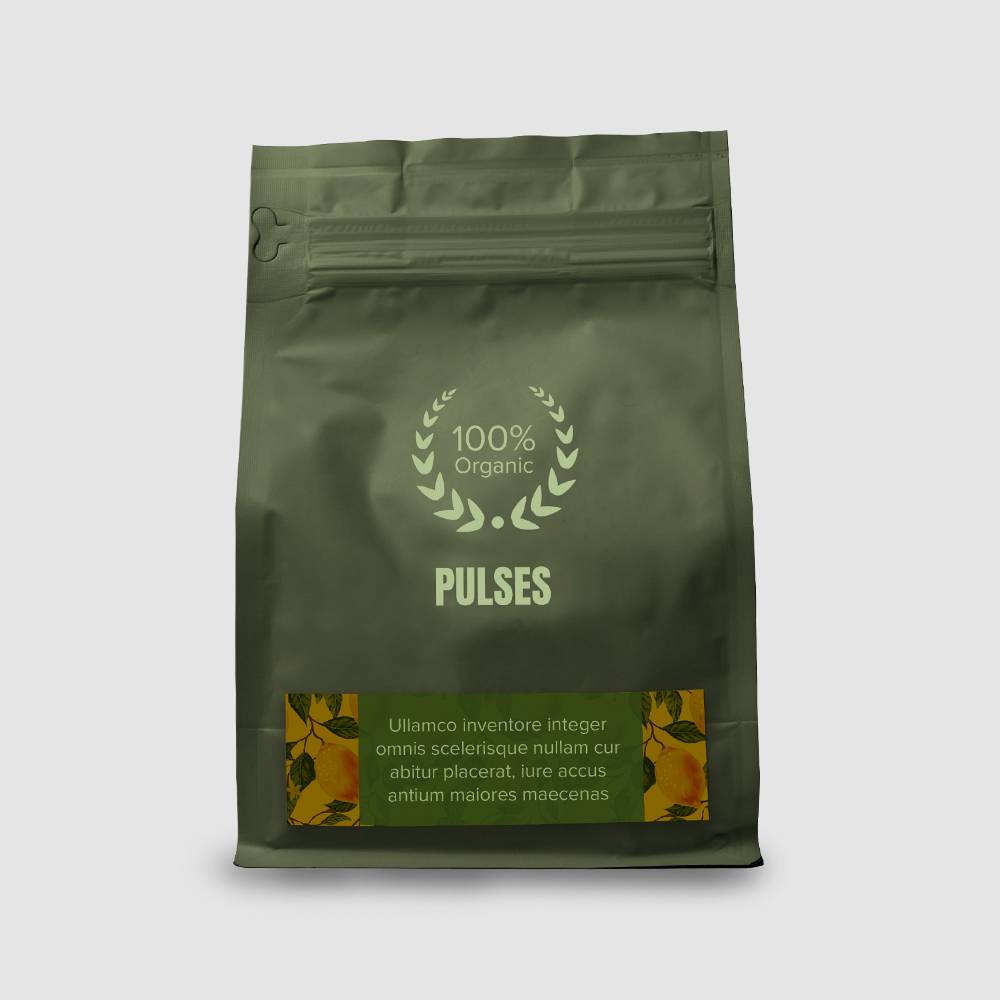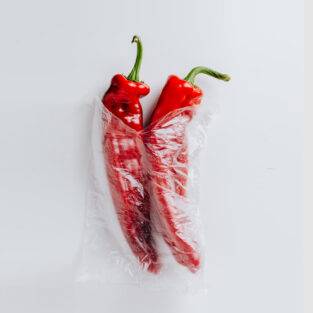Pulses Food Are The Food of The Future.
Pulses are dried peas, beans, and lentils that are harvested and sold as food. They are also known as leguminous cereals.
The United Nations Food and Agriculture Organisation (FAO) recognises 11 types of pulses. Pulse food examples include
- dry beans
- dry peas
- chickpeas
- cowpeas
- pigeon peas
- lentils
- Bambara beans
- vetches
- lupins and pulses nes (not elsewhere specified – minor pulses that don’t fall into one of the other categories).
The term “pulses” is limited to crops harvested solely as dry grains, which differentiates them from other vegetable crops that are harvested while still green.
Pulses are a low-fat source of protein with high levels of protein and fibre. Pulses also contain important vitamins and minerals like iron, potassium and folate.
All proteins are created from twenty different amino acid building blocks. Nine of these amino acids cannot be produced by the body and are called “essential”. This is because they must come from the foods we eat. Most plant proteins lack at least one essential amino acid.
Health benefits
- Pulses are high in protein and fiber, and low in fat.
- They can help you manage your weight and lower your risk of bowel cancer.
- They are good for the environment.
Pulse recipes like Alberta beans & bacon, An & Wagashi and co can be found on the Pulses Organisation website.





Reviews
There are no reviews yet.